The fragments of the Parthenon sculptures that are exhibited in the British Museum have made headlines again, after an interview with British Prime Minister Boris Johnson in which he expressed his objection to the sculptures’ repatriation. Johnson’s refusal is of little consequence. The sculptures are not the responsibility of the British government but of the Trustees of the British Museum; it is their opinion that counts.
Thirty-eight years after the beginning of systematic efforts for the repatriation of the sculptures, the British Museum’s opposition to the reunification of all the remaining fragments in the Acropolis Museum has no substantial basis, neither moral nor scientific. Since 2009, the Acropolis Museum has been the ideal place for the exhibition of all the sculptures that once decorated the Parthenon. The website of the British Museum gives a shaky justification for the Trustees’ objection to the unification of the Marbles: “The Trustees of the British Museum believe that there’s a great public benefit to seeing the sculptures within the context of the world collection of the British Museum, in order to deepen our understanding of their significance within world cultural history.” In other words, viewing the sculptures of Pheidias along with the sculptures of ancient Egypt or Rapa Nui takes precedence over the integrity of a work of art.
This cannot be taken seriously. Imagine that the score of a lost symphony by Tchaikovsky was found and its sheets were scattered in private collections around the world; and imagine that the collector who is in possession of 60% of the score prefers to have the parts recorded on his sheets performed together with music from the Andes or China, instead of allowing the performance of the entire composition. The argument of the British Museum carries similar weight.
So, why does the British Museum insist on its position? The reason, admitted or not, is simple: If the British Museum were to bring the Parthenon sculptures to Greece in any way that might create any suspicion that they have been in its possession illegally, this would set a precedent and might call into question the legitimacy of its collections that were acquired before the establishment of international legal norms for the protection of antiquities and cultural heritage. This is why the British Museum does not rule out sending the Parthenon sculptures to Athens as a loan, but under one important condition: “that the borrowing institution acknowledges the British Museum’s ownership of the object.” For the British Museum, this is not a whim; it is a matter of survival. All Greek governments have declared that they will never acknowledge that the British Museum is legally in possession of the sculptures. Hence the deadlock.
Can Greece break the deadlock by raising legal claims for the return of the sculptures? Lord Elgin was in possession of an administrative document – a letter from the Kaimakam, superior administrative official of Istanbul, to the Ottoman authorities in Athens – when he removed the sculptures from the Parthenon; however, according to Turkish historians, such an act would have normally required a firman (a royal mandate or decree) from the sultan. Elgin claimed that he had been given a firman, but no such document was ever found. The problem is that when the British Museum acquired the Parthenon sculptures in 1816, following a decision by the British Parliament, there was no international law for the protection of cultural property, no Greek state, and no Greek laws for the protection of antiquities. To submit the matter to a British or an international court means accepting unpredictable risks.
By contrast, things are clear from a moral and scientific point of view. Elgin committed greedy and ruthless looting. Anyone who reads the reports of his agents about the brutal way in which the sculptures were removed from the Parthenon still feels the repulsion and indignation that Lord Byron expressed in his poem after his visit to Athens (1811).
Scaped from the ravage of the Turk and Goth,
Thy country sends a spoiler worse than both.
Survey this vacant, violated fane;
Recount the relics torn that yet remain:
“These” Cecrops placed, “this” Pericles adorned,
“That” Adrian reared when drooping Science mourned.
What more I owe let Gratitude attest –
Know, Alaric and Elgin did the rest.
That all may learn from whence the plunderer came,
The insulted wall sustains his hated name.
For today’s civilized world, it is of no relevance what document Elgin had or did not have in 1801. Today, priority must be given to the restoration of a work of art of emblematic significance to world culture. It is in this spirit that the motto of the international committees for the Parthenon sculptures is “Marbles United,” not “Marbles Returned.”
Given that the legal issue of ownership has not produced – and it is unlikely that it will ever produce – any results, it is time for another approach. The proposal is simple: The Greek Parliament’s Committee on Cultural Affairs should appoint a committee of Greek and foreign experts and generally respected figures who will approach the British Museum not on behalf of the Greek state, but on behalf of the Acropolis Museum, in order to examine the conditions under which the reunion of the sculptures will become possible. Since every Greek government would like to triumph over a success and every opposition would look for reasons to stigmatize the government, this committee should be appointed by an increased majority, in order to have cross-party support. In a period of increasing polarization, it would be a real gift to the Greek citizens to have an atmosphere of cross-party understanding on this issue.
Solutions can be found. For instance, the Collection of Antiquities of the University of Heidelberg was in possession of a small fragment of the Parthenon frieze. In 2006 the university did not “return” but “donated” it to the Acropolis Museum. The act of donation – the transfer of ownership from one museum to another – freed the university from any suspicion of illegality, and the fragment found its place in the frieze. There is a difference between a government’s claim for the return of stolen property and and a committee’s efforts to restore for all humanity a monument of universal importance. By shifting the focus from law to culture and from a dispute between a state and a museum to a cooperation between two museums, a new dynamic can be created. Otherwise, Greece will continue to have the right on its side and the British Museum the sculptures in its rooms.
Angelos Chaniotis is professor of ancient history and Classics at the Institute for Advanced Study at Princeton, NJ.

British Government

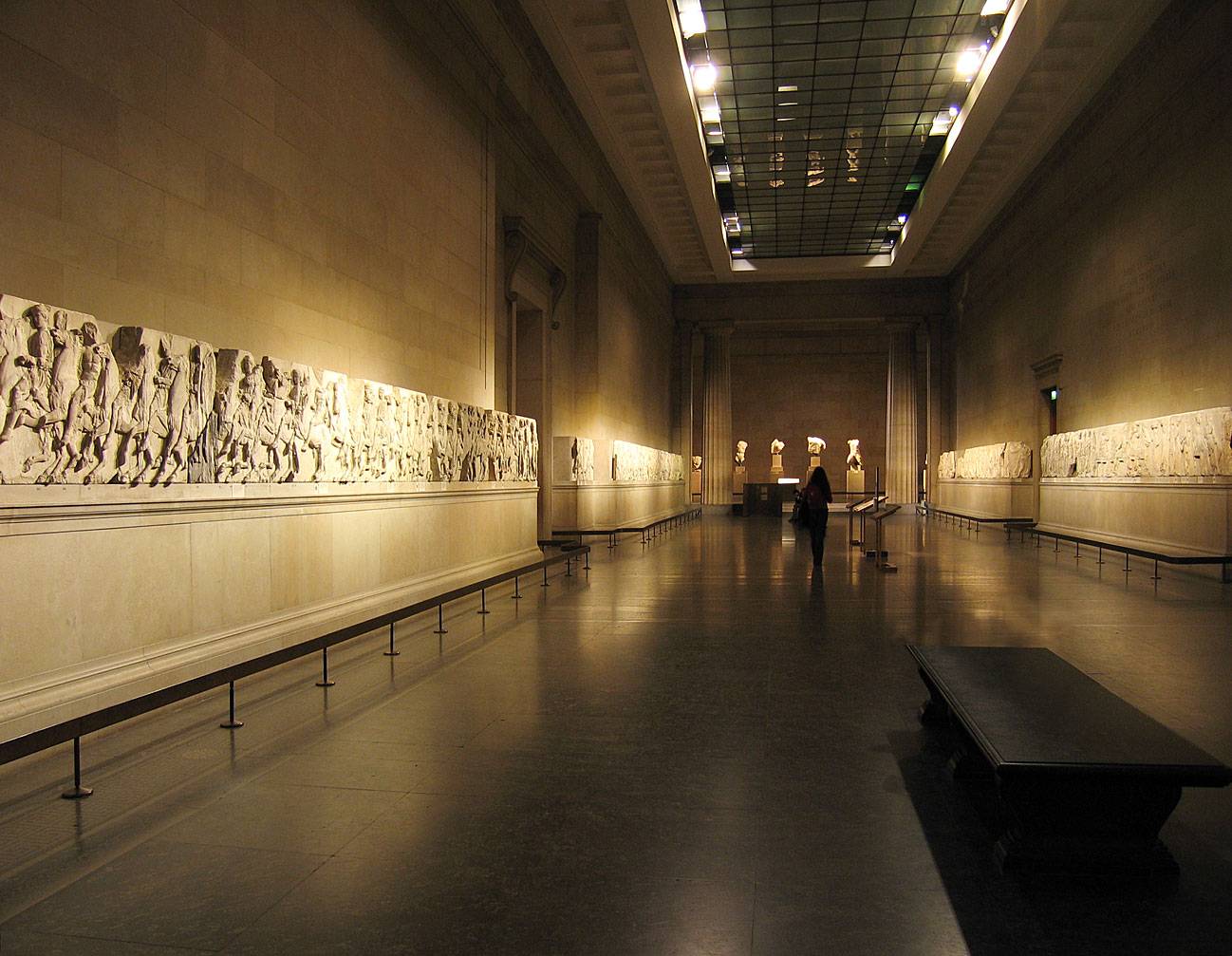
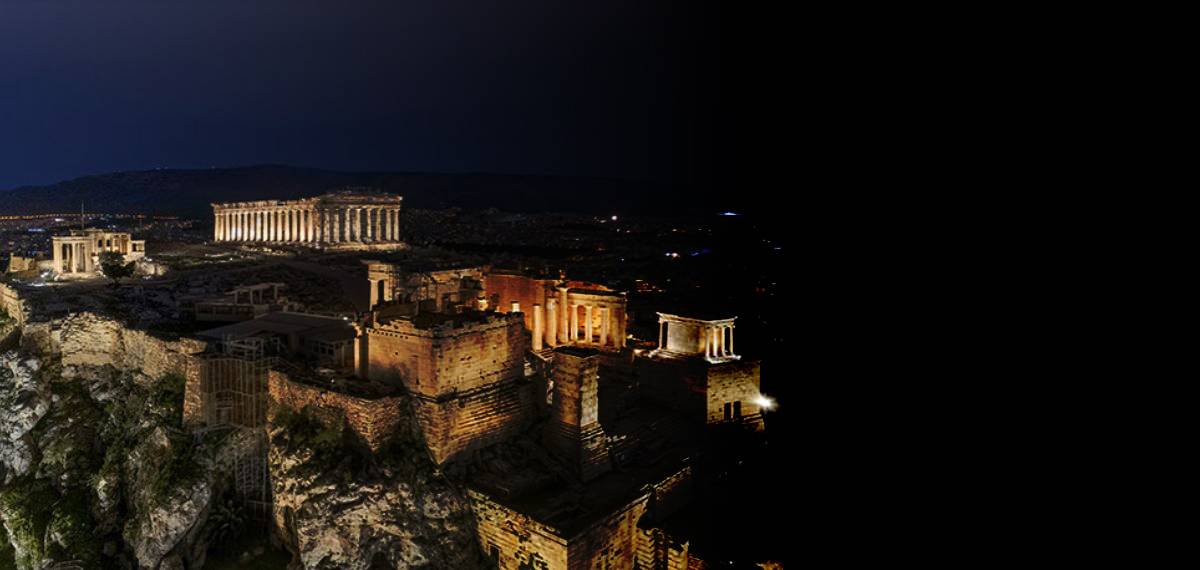
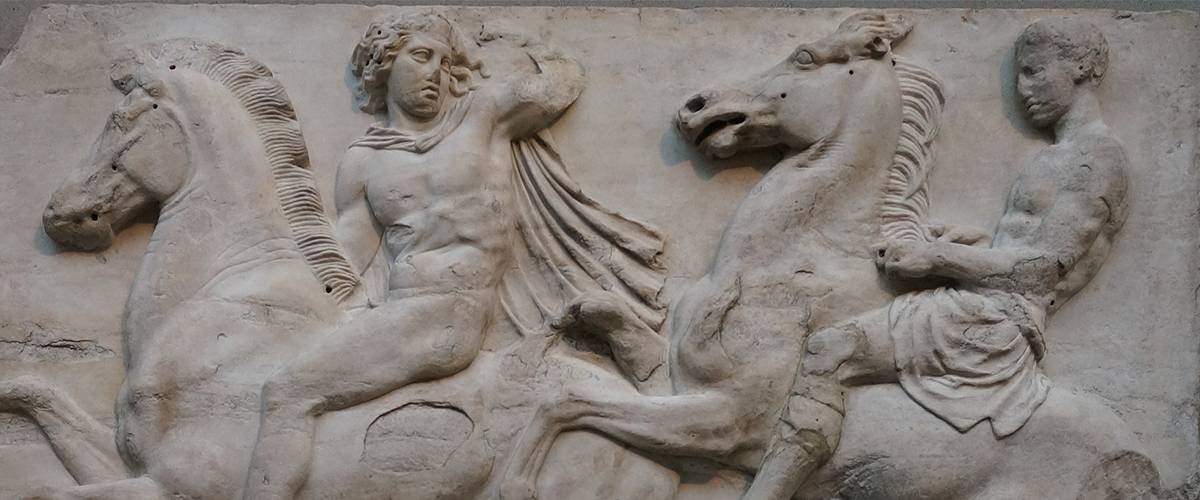
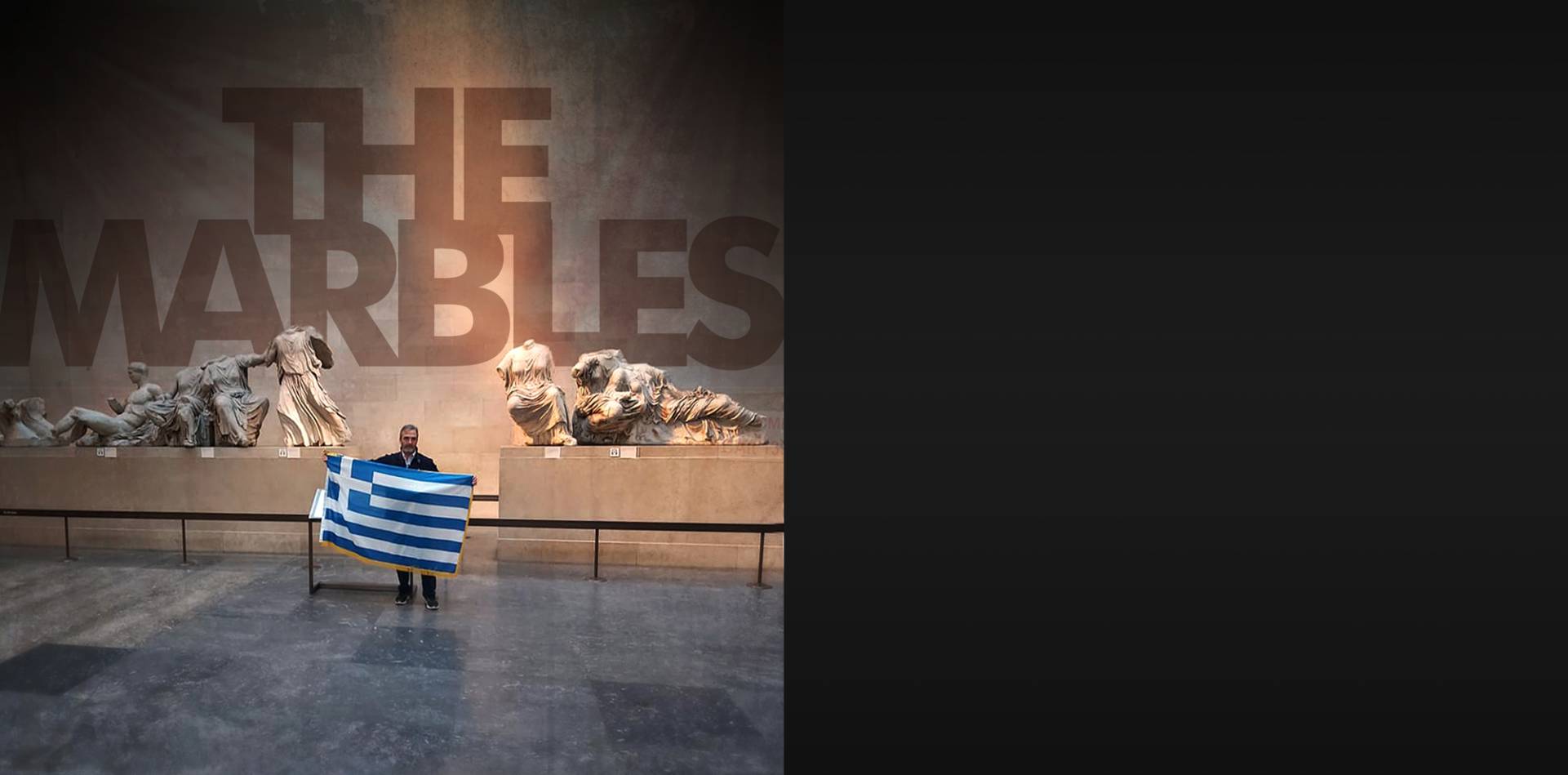
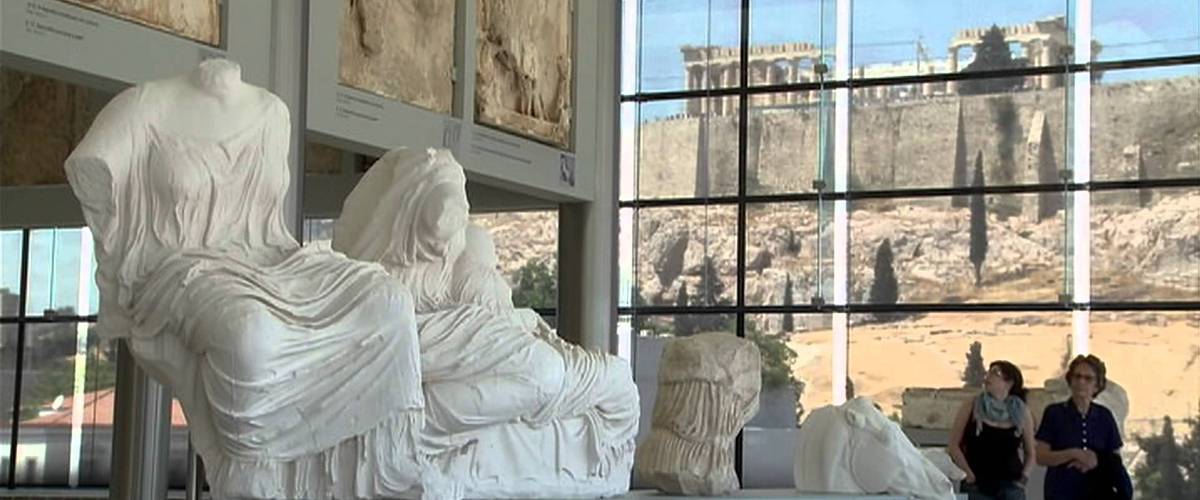


Comments powered by CComment